
Futuristic Urban Centers
How can communities change their cities to face future problems and make city life better for everyone?
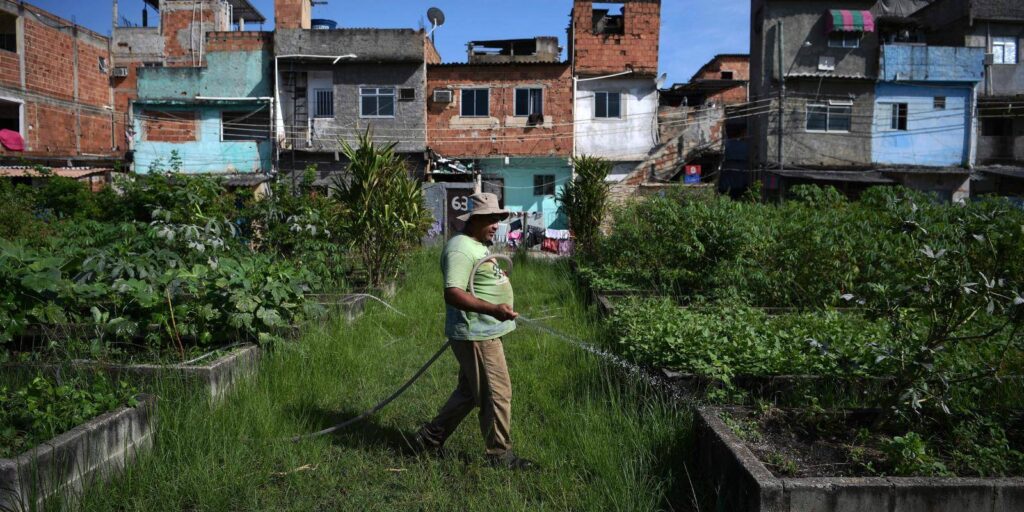
The United Nations (UN) thinks that by 2050, the world will have 2.2 billion more people living in cities, mostly in Africa and Asia.
How cities in the future are run & built will impact their ability to give healthcare & homes to these new people, & how well they can handle changes caused by climate change.
This article talks about the problems cities in the future will have, both in their local areas and worldwide, & how cities can lead way, making positive changes in society.
Future cities
Future cities must change and improve to deal with big challenges. Some of these issues are about how cities are built, so they need to be redesigned to handle a changing climate, extreme weather like floods, and problems like air pollution and the loss of plants and animals.
Cities also have to make room for more people because more and more people are moving to cities. This means cities have to find ways to use less energy and create less pollution, as right now, cities produce about 70% of the world’s pollution.
Cities are not very efficient in many ways. For example, air conditioning keeps buildings cool but makes outside areas hot. The buildings and roads in cities trap heat and don’t let rainwater go where it should.
Many buildings don’t last long, and most can’t be recycled. Streets are often made for cars, which makes the air dirty and walking or biking hard and dangerous. Cities also make a lot of trash, and many don’t have good ways to collect, recycle, or get rid of it.
Some people think that technology can help make cities “smart,” green, and good for the environment. New tools like digital models, artificial intelligence, and the internet can help reduce pollution from cars, buildings, and other things in the city. But to really make a difference, people need to change the way they do things and use things more wisely.
Different cities in different parts of the world have to think about the culture, money, and people who live there to make the city work well for them.

Urbanisation and the future of cities
More than half of the world’s people live in cities, but this varies in different parts of the world. In the Americas, over 80% of people live in cities, while in African cities, it’s a bit more than 40%.
But no matter where you look, more and more people are moving to cities. By 2050, about two-thirds of the world’s population will live in cities. Most of this growth will happen in places like sub-Saharan Africa and Asia.
For instance, in ten Southeast Asian countries, it’s expected that by 2050, there will be 705 million people in cities, which is 205 million more than in 2014. This is a big change, going from 47% to 65% of the population.
As cities grow, both the big ones and the smaller ones, it’s really important to think about how they are built and developed. This will affect how well they can deal with climate change, how suitable they are for people to live in, & how efficiently they can work.
Building cities takes a long time, so the decisions we make today about how to plan and design them have a big impact on the future. If we make the wrong choices in how we plan and build, we could end up making a lot of pollution when we’re trying to fight climate change, and the cities might not be very nice places to live.
But if we invest in smart, eco-friendly practices, it could really help cut down on pollution, meet the goals of the United Nations for the climate, and make the best possible living spaces for people in cities.
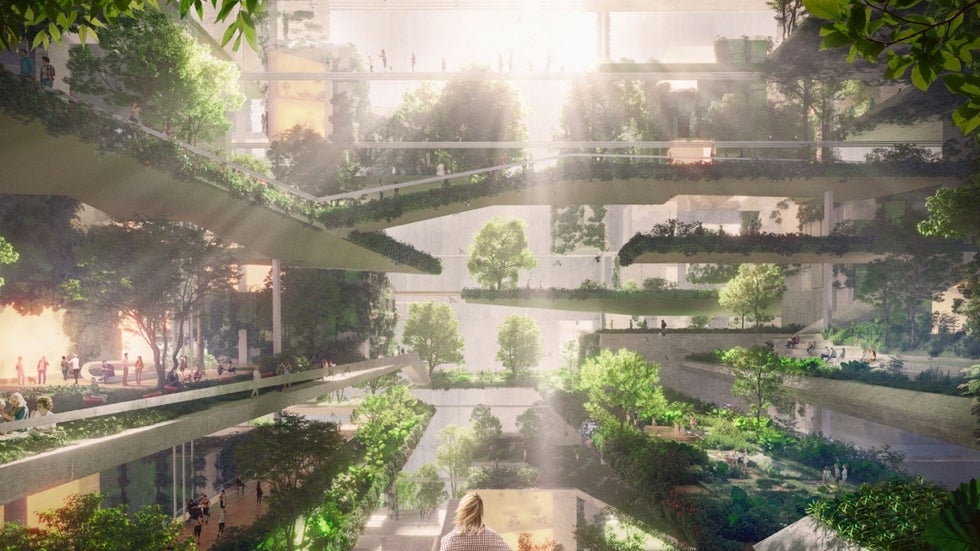
Cities as global actors
Cities already play a big role in making important policies and shaping the future of society. As they grow, they gain more economic and political power, which lets them influence national issues that go beyond their own borders.
When it comes to being environmentally friendly, cities have often led the way by setting tough goals to fight climate change, while national and international goals can be held back by complicated politics.
For example, the city of Oslo in Norway has promised to cut its pollution by 95% by 2030, but the national government of Norway has only agreed to do the same by 2050. This kind of situation happens in many places around the world, making cities the leaders in taking strong action on climate change.
Cities are like engines that drive their countries forward, and they have a lot of power and influence both within their own countries and on the world stage. They can make a difference through their businesses, their ability to do research and develop new ideas, their cultural exchanges, and how they affect the environment.
There are many networks that help cities share what they’ve learned and work together, like the C40 network and the ICLEI – Local Governments for Sustainability. There are also new ways for governments and cities to team up in international talks about the environment, like the Marrakech Partnership.
Over 1,000 cities in 50 countries have pledged to reach “net zero” by 2050 through the Cities Race to Zero initiative, even when their countries haven’t set a similar goal.
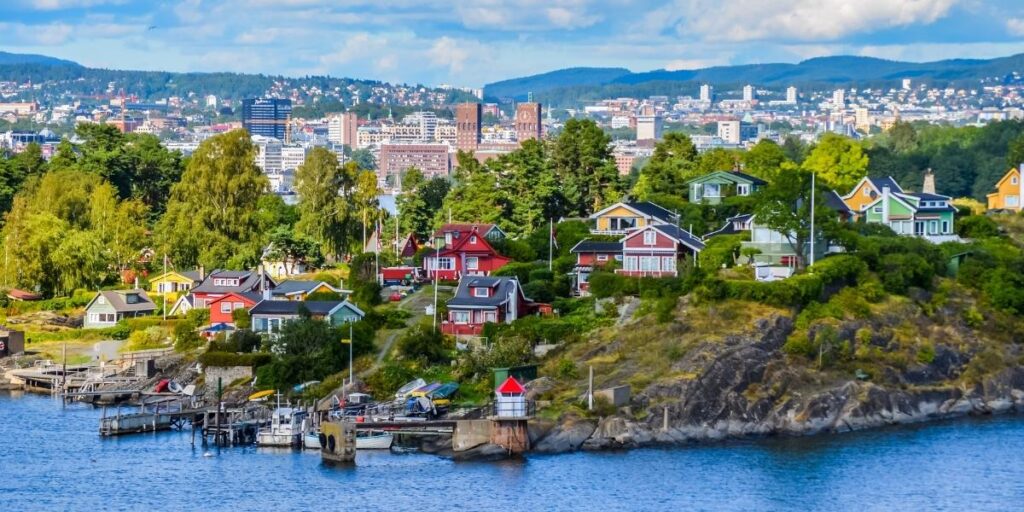
Sustainability & future cities
There isn’t one perfect way to create a sustainable city because every city is different. They all have their own problems and strengths based on how much money they have, how they’re governed, what their culture is like, and how much they’re affected by climate changes.
Many countries and cities want to have cities that don’t produce any pollution, but no one has figured out the best way to do it yet. In places like the Middle East, Africa, and East Asia where new cities are being built, there’s a chance to plan them with sustainability in mind from the start, which is harder to do in older cities.
But when people have tried to make new eco-cities from scratch, it hasn’t always worked out. For example, the Dongtan eco-city project in Shanghai had problems because of corruption and bad management. In Abu Dhabi, the zero-carbon city called Masdar City has been in the works for a decade and is only 5% finished.
People often talk about electric cars as a solution for future cities, but they have some of the same issues as regular cars. Even if they don’t make the air dirty, they still take up space, need a lot of energy, and make it hard for people who don’t have cars to get around.
All cities of the future have to get better at using things like energy, water, and materials without wasting them. They also need to make less trash and pollution. They have to do this while still being good places to live and making sure they can handle the changes caused by climate change.
One way to do this is by using green spaces in the city. They can soak up extra water and help when it floods. Trees can give shade and keep things cooler when it’s really hot. Urban farms can grow food right in the city so it doesn’t have to be shipped in. A greener city can also help people breathe cleaner air and give them more places to relax and enjoy.
Even though it’s a big challenge, it’s also a big opportunity. Cities that invest in smart, sustainable solutions can spark new ideas, create new businesses, and maybe become centers for new industries.
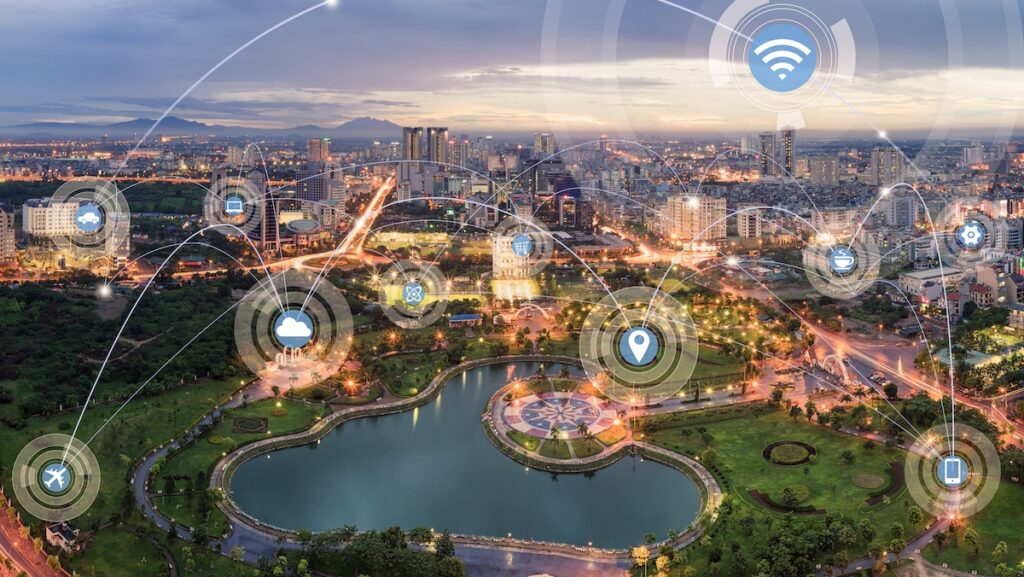
What is a smart city?
A smart city is one that uses digital technology and data to make cities safer, healthier, and more efficient. Some cities are already using these smart solutions to make better decisions and improve how things work.
For example, many cities have air quality monitors that give real-time health information and create areas where only low-pollution vehicles are allowed. Data about traffic flow helps set up congestion charges to reduce traffic jams.
There are many other ways to use smart technology. We can track how buildings are used to save energy for heating and cooling. Architects and engineers can use virtual reality to design things more efficiently.
In poorer areas in developing countries, where people may not have things like cooling, sanitation, or healthcare, digital technology can help. Mobile phones can be used for things like banking, finding free energy from solar power, and setting up places like temporary clinics.
But there are some big worries about smart cities. Using things like facial recognition can be very powerful but also very invasive and can hurt people’s privacy. If these technologies are not used well, they could create more divisions between rich and poor in cities.
Rich areas could become isolated with a lot of technology, while technology could be used to control and separate poor people instead of making their lives better.
But future cities also have a lot of chances to try out new ideas for transportation, healthcare, saving energy, and dealing with climate change. They can be places where we test new solutions to make life better for everyone.
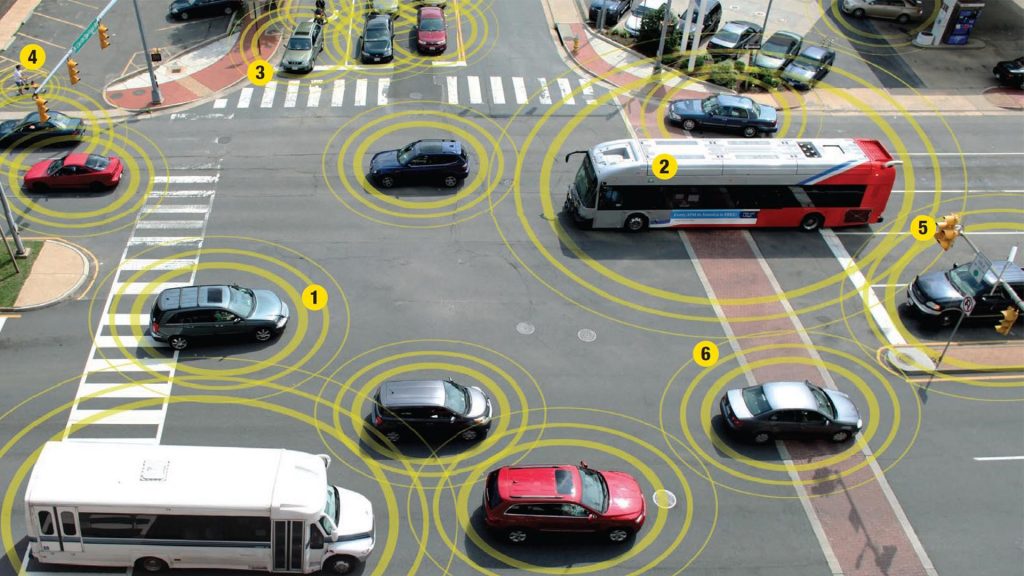
Future-proofing existing cities
No city can be completely ready for the future because we can’t predict everything, especially when it comes to things like climate change and population growth. So, it’s really important for cities to be able to bounce back & adapt when things go wrong.
Cities can learn a lot from each other about what works and what doesn’t in how they’re run. For example, Cape Town in South Africa almost ran out of water in 2017 because of problems like corruption and fights between different levels of government. They need to be very careful about managing water in the future, especially with more people and the chance of droughts.
In Copenhagen, they faced a lot of resistance when they tried to get more people to ride bikes instead of drive cars. But they did it because the leaders really wanted to. It’s important to use fewer cars and have better public transportation to make cities more sustainable.
A “circular” city is one that’s ready for the future. It’s really good at managing trash, so it doesn’t have to bury any of it. Instead, it reuses and recycles everything, and even uses organic trash to help grow food in the city.
Cities can also be designed so that buildings can be taken apart and used again instead of being knocked down and thrown away. They can even get valuable metals out of old electronic stuff.
But all these changes are complicated and need to think about how they affect the whole world. A circular city might not buy as many cheap clothes, which could hurt people in other countries who make them.
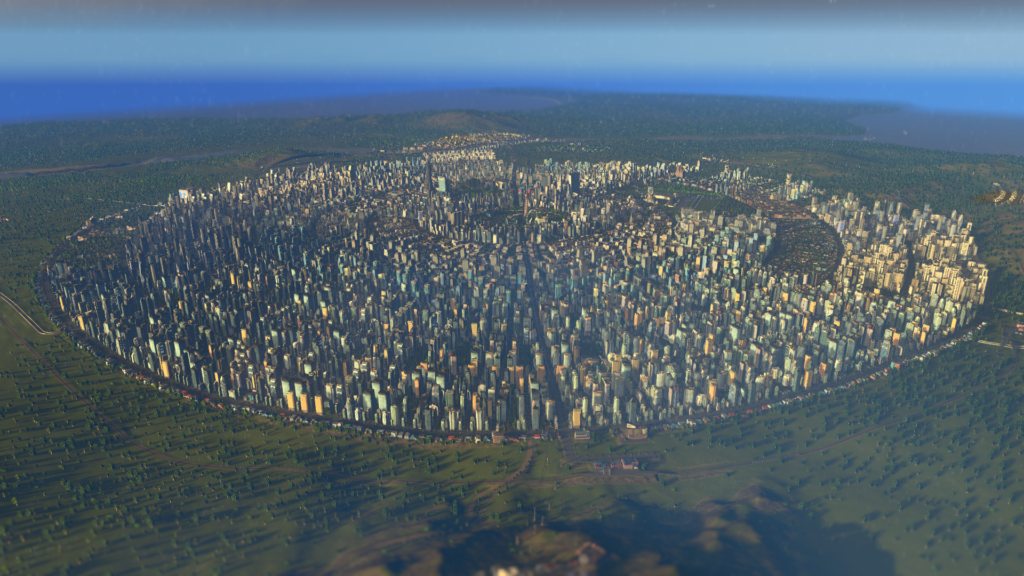
It costs a lot of money to make cities better for the future, whether we’re fixing up old ones or building new ones. But it’s much cheaper than dealing with the problems that come if we don’t do anything.
Cities are at risk from climate change, and big areas where people live could be damaged by things like rising seas. This could cost a lot of money, hurt a lot of people, and make cities less nice places to live.
The people who run cities in the future need to learn how to make them better and fairer for everyone. It’s not just the leaders; it’s everyone in the city, from businesses and groups to young people and workers.
They all have to work together to make cities that are good for the people who live there now and the people who will live there in the future.
Never miss any important news. Subscribe to our newsletter.
Related News


British Investor Who Predicted US Slump Warns of Next Crash

I’m a Death Doula: 4 Reasons I Believe Death Isn’t the End


Tech to Reverse Climate Change & Revive Extinct Species

AI Unlocks the Brain’s Intelligence Pathways

XPENG Unveils Iron Robot with 60 Human-like Joints

Can AI Outsmart Humanity?

11 ChatGPT Prompts to Boost Your Personal Brand
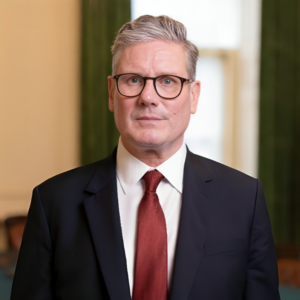
Keir Starmer Hints at Possible Tax Hikes on Asset Income

Navigating the Future of AI: Insights from Eric Schmidt
